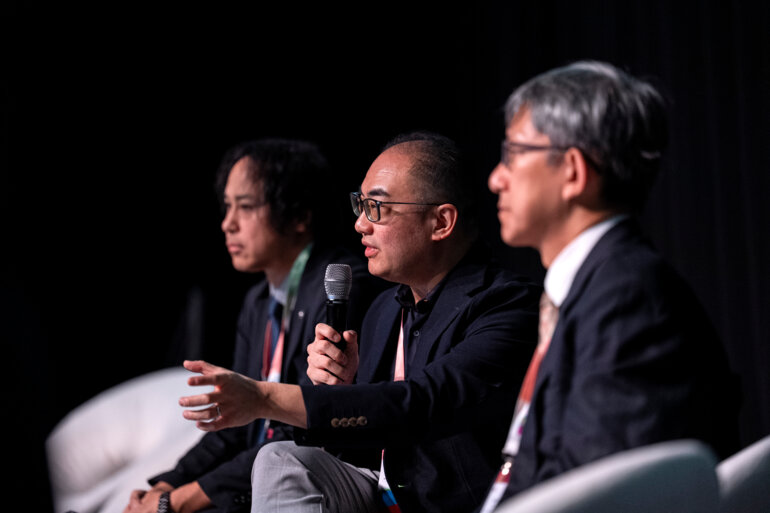The new FDA guidance could be an important step toward necessary change to give adequate representation of older adults in cancer clinical trials
People over 65 years old account for at least 50% of cancer patients, and yet, their representation in cancer clinical studies remains disproportionately low. This is a longstanding, persisting problem that all stakeholders in oncology should continue to tackle, and do so together.
In recent years, leading professional societies including the American Society of Clinical Oncology (ASCO) and the European Society for Medical Oncology (ESMO), have taken a lead role by establishing working groups and creating programmes to improve outcomes for older patients with cancer. As an example, ESMO and the International Society of Geriatric Oncology’s (SIOG) Cancer in the Elderly Working Group organises special joint sessions at their respective annual meetings to optimise the treatment and management of this patient population.
Regulatory agencies including the European Medicines Agency (EMA), and U.S. Food and Drug Administration (FDA) also provide guidance aimed at making trial design more inclusive to boost representation of people over the age of 65. Similarly, several organisations such as the European Organisation for Research and Treatment of Cancer (EORTC) continue to urge for much needed change through targeted task forces that centre on cancer in the elderly.
Illuminating the issue of older adults being underrepresented in clinical trials in oncology, the FDA has most recently released nonbinding recommendations for enrolling more elderly patients in clinical studies, including in the early phases. Building on its previously published guidance on the broadening of clinical trial eligibility criteria to strengthen the generalisability of trial results and improve the understanding of a drug’s benefit-risk profile across this patient population, these recommendations encourage the adequate inclusion of adults over 65 years of age, especially those over 75.
Aimed at assisting stakeholders, including sponsors and institutional review boards, this new guidance also emphasises the importance of including more elderly people to obtain data on drug exposure and response to steer the design and dose selection of later phase studies.
Other suggested directions include the evaluation of interactions in cancer treatment early on in the drug development process to facilitate enrollment of older adults who may otherwise be excluded due to concomitant medication. The documentation of co-morbidities coupled with every effort to safely include these patients as well as those with organ dysfunction and previous/concurrent malignancies is also recommended, as well as possible new trial design approaches and the development of targeted recruitment strategies.
By encouraging the adequate representation of older adults in cancer clinical trials, the new FDA guidance could be an important step toward necessary change. In the meantime, when it comes to inclusion, age is not ‘just a number’, but a limiting factor.







